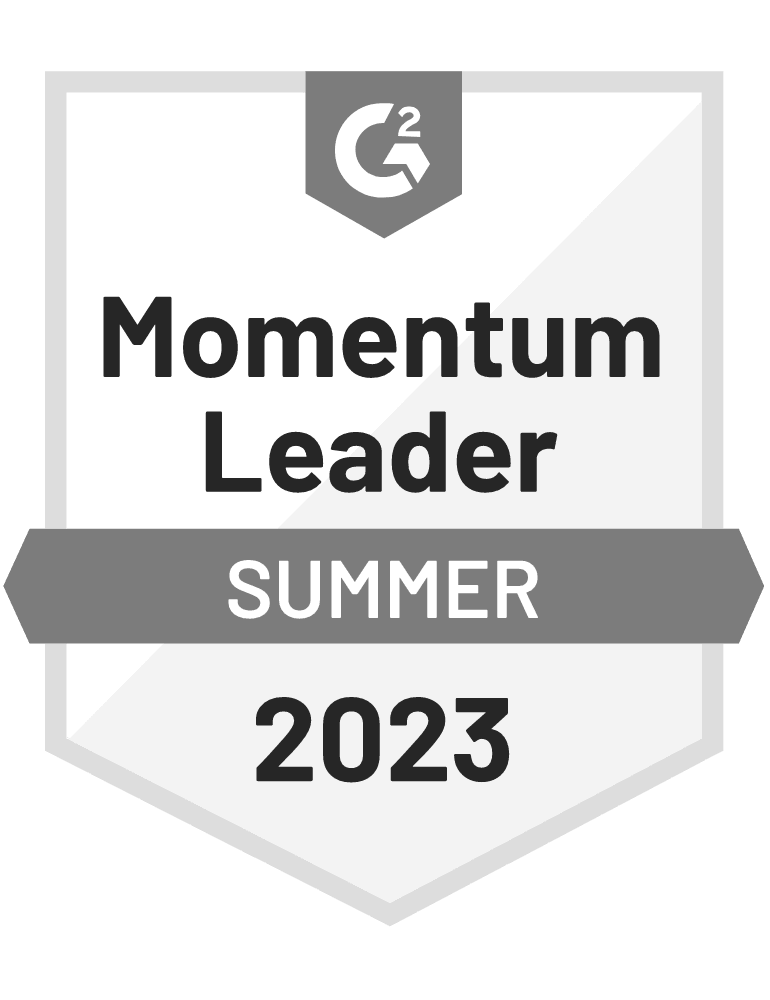There are many different metrics available for ecommerce business owners to measure the effectiveness of their popup campaigns. These analytics can be different based on the industry you’re in, your marketing activities, and your goals.
But usually, in ecommerce, it comes down to two very simple things:
- subscribers (or leads)
- and assisted revenue
Realistically measuring assisted revenue is not necessarily easy. It’s often not clear what’s considered “assisted revenue” since there are several different types of assisted revenue that you can measure—if you have the right tools. And depending on your goals, each type of assisted revenue can make sense and provide helpful insight.
We, at OptiMonk, usually optimize for, and measure “Net Assisted Revenue.”
In this post, I’ll discuss the three-step optimization process we use, and how long it generally takes to see results after following our proven method.
Let’s get started!
1. Three-step optimization process
Our three-step optimization process will help you increase your Net Assisted Revenue. Check out the steps below:
1. Set up the necessary analytics tracking: Optimization is a data-heavy activity for ecommerce businesses, and having the right data is a must-have foundation.
The first step of the process is to set up all the necessary analytics tracking and to make sure that they’re implemented correctly.
2. Campaign-level A/B testing: In this stage, you’ll want to optimize each campaign that you’re running and make sure that you’re using the right use cases.
This is where campaign-level A/B testing happens. It works by splitting one specific segment of your visitors into two subgroups (the segment that you want to target with your campaign), and showing different variations of the campaign to both subgroups. It helps you to make sure that all the campaigns you created are working properly on their own.
3. Store-level A/B testing: Once you make sure that none of your campaigns are performing subpar, it’s time to measure their overall efficiency. Store-Level A/B testing means that you split your visitors into two subgroups at the moment they arrive at your website. After that, you can display popups to one of these segments and not display popups to the other segment, and measure the overall performance of these segments.
This type of A/B testing helps you figure out how much revenue your popup campaigns actually generate (and how much revenue you generate from visitors who don’t see your campaigns at all).
While this process can be complicated, it’s the best way to evaluate the true contribution of your campaigns to your bottom line.
2. How long does it take to see results?
The most frequently asked question is “When will we see results?” And the usual answer is: “It depends on a few variables.”
You need to let your tests run long enough to create statistically significant results. It means that you want to achieve at least a 90% confidence before you can declare the winner variant.
Results for a simple 50-50% A/B test can be generated after a few days if your online store has over a thousand daily visitors. (If you’d like to see how many impressions and conversions you need to achieve a 90% confidence level, download our A/B test significance calculator here.)
The time required for the overall optimization process (the three-step optimization process) depends on the depth of your tests and how many times you try again after your hypothesis turns out to be negative. In general, it might take up to 6 months to get optimal results (but in some cases, you might see results in just one month).
Closing thoughts
It’s easy to evaluate your results once you understand what you’re actually looking for. But if your results are below your expectations, it will be time to strategize your next steps. Keep in mind that creating awesome popups usually takes time and practice. Being patient and having an experimental mindset are the proven key points you’ll need for your optimal success.
Fortunately, you have access to the necessary knowledge and optimization tools to improve your results and increase your revenue. The potential is just huge.
Every marketer will want to invest their time into optimizing conversions because this is your money-ticket for your highest possible ROI. And remember, that high conversions are absolutely possible when you follow the strategy we laid out today. Having trouble with one of the steps? Just contact our experts and we’ll be happy to help you!












